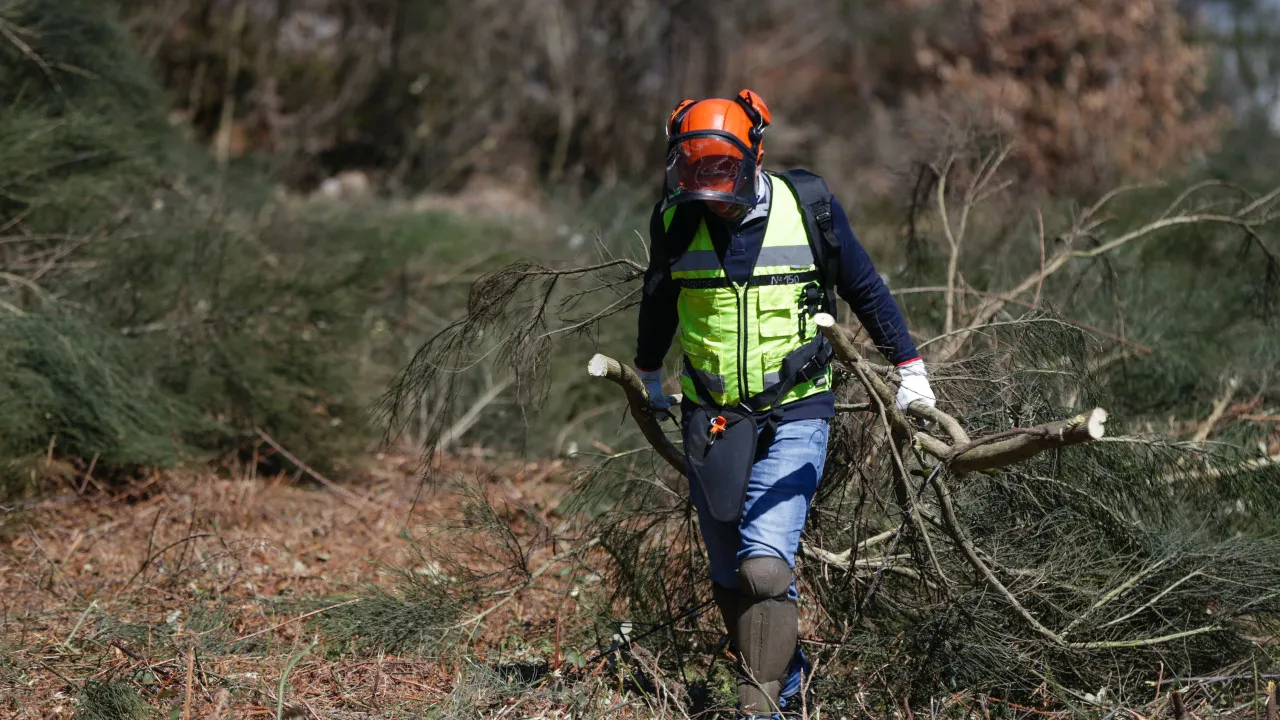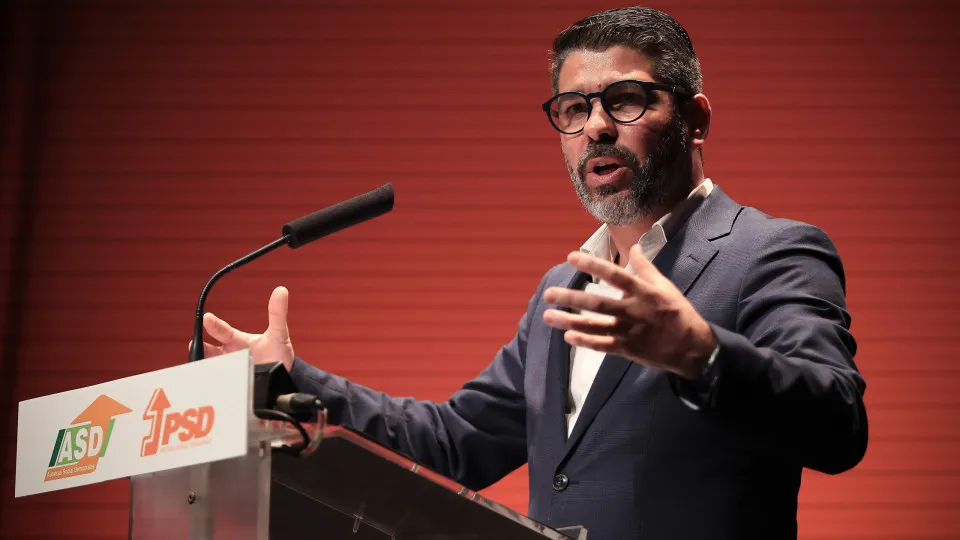
“This year, the deadline falls this month. Due to weather conditions, it has not been possible to enter properties to conduct manual cleaning operations, nor have workers had suitable conditions to work. Additionally, machinery, where mechanization is possible, gets bogged down,” stated Luís Damas, president of the FNAPF.
The association leader highlighted that “the grounds are waterlogged, preventing cleaning” in the firebreaks around buildings and infrastructure, which is mandated by law to be completed by April 30.
“Therefore, we will request an extension of the deadline due to the harsh weather, characterized by heavy rain and a lack of labor and mechanical equipment, such as tractors and other tools, to resolve the situation,” he added.
Luís Damas warned that “any vegetation cut now might need further cutting once or twice before the real fire hazard period because the fine materials cut will regrow due to the soil’s moisture and subsequent warmth, leading to rapid plant growth.”
“In certain areas, tractors are sitting idle as the soil cannot support the machinery, which sinks and skids, causing wear and tear. Additionally, heavier machinery could damage the soil structure, so these operations are not advisable now,” he explained.
In this context, the federation of forest owners plans to request “an extension of one, possibly two months,” contingent upon April’s weather conditions, attributed to this year’s excessive rainfall—a situation not unprecedented, as in 2024, the government extended the deadline to May 31 for similar reasons.
While police authorities earmark uncleaned lands by the legal deadline, and owners are notified to comply before fines are imposed, Luís Damas noted that the GNR and PSP usually adopt a “pedagogical approach” before issuing penalties, allowing time for effective firebreak cleaning.
“There is some tolerance since they understand that immediate cleaning would necessitate redoing it later,” he remarked, highlighting that many owners cannot afford the cost doubling over 500 euros per hectare, stating “common sense must prevail.”
Damas expressed concern over forest lands harboring “much fuel” due to accumulated water from intense rainfall, warning of “powder keg” conditions that could trigger severe fires if the summer brings extreme heat, wind, and low humidity.
He advocated that legislation “should adapt to the climate rather than fixed dates” to meet obligations of vegetation control and safe land clearing around areas posing “risks to people and property.”
“Someone needs to assess this and agree on deadline extensions since rain may persist through April or May. Climatic conditions dictate this context, and deadlines should adjust annually as rainfall significantly influences these matters,” he stressed.
The GNR launched the Safe Forest 2025 Campaign on February 1, scheduled to run until November 30, aiming to conduct awareness, monitoring, enforcement, surveillance, and detection of rural fires, including investigating causes and forest fire crimes.
The campaign incorporates prevention and awareness initiatives, coordinated with other entities such as the Agency for Integrated Management of Rural Fires (AGIF), Institute for Nature Conservation and Forests (ICNF), and National Emergency and Civil Protection Authority (ANEPC), targeting municipalities with over 100 ignitions, alongside georeferencing non-compliance with fuel management criteria.
According to preliminary GNR data provided to the Lusa agency between February 16 and March 20, 7,192 lands have been marked for cleaning in the 18 districts on the continent.
Leiria leads with 1,878 marked lands, followed by Santarém with 828, and Coimbra with 610, while the districts with the least marked lands to date are Évora (18), Portalegre (26), and Porto (124).
In the Safe Forest 2024 Campaign, GNR reported executing 7,237 awareness actions reaching 115,568 citizens, marking 10,256 areas that led to 6,127 voluntary clean-up compliances, and issuing 2,233 tickets for fuel management violations, along with 3,028 for other infractions.
The period from February 16 to April 30 is designated for marking lands lacking fuel management; however, the dates for enforcement actions still await a joint decree from the Government officials overseeing Internal Administration and Forests.




